Ukraine and the US are mixing weapon systems that weren’t built to play together to up Kyiv’s defenses, and apparently they work
- By Business Insider
Share This Article
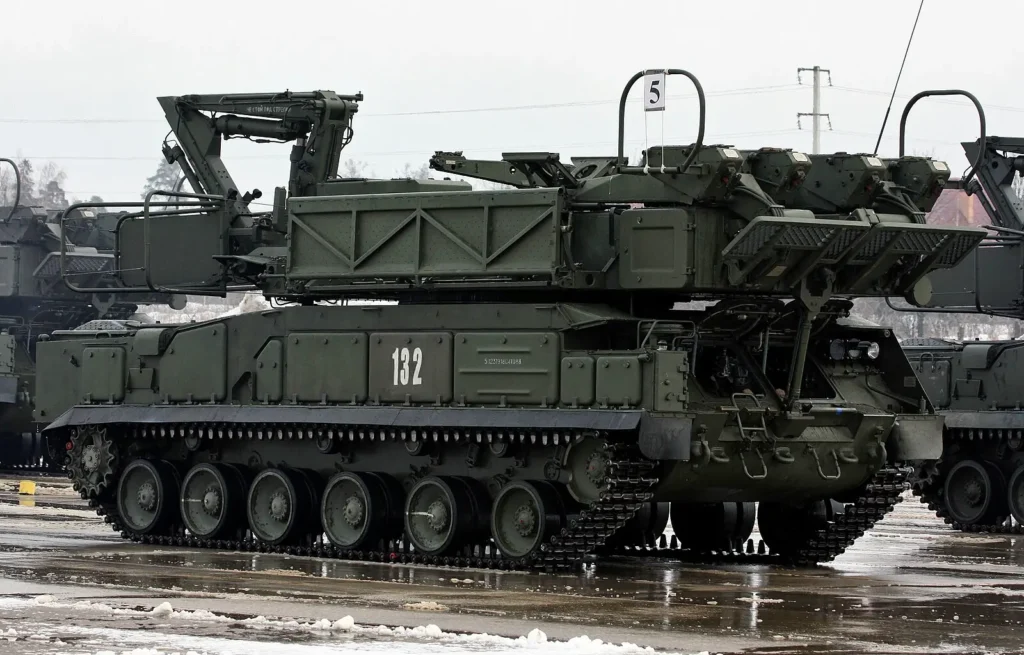
This article by Chris Panella was originally published by Business Insider.
With its air defenses working overtime to defend against constant Russian strikes, Ukraine is working with the US to create new capabilities by cobbling together Western and Soviet systems that weren’t built to play together.
The Frankensteinian effort, often combining American missiles with Soviet launchers or radars or reviving and modernizing Cold War technology, appears to be working, showing signs it could help boost Ukraine’s defenses at a critical time.
Over the weekend, a Ukrainian Air Force spokesperson, Yurii Ihnat, said in an interview that Ukraine had successfully converted a Soviet air-defense system to fire US-provided missiles and was testing the combination on American soil, the Kyiv Independent reported. The outlet quoted Ihnat explaining, “We have good results of the combat use of Buk-M1 antiaircraft missile systems on the training ground in the United States, which have been converted and adapted to American missiles.”
US officials told The New York Times in late October that testing had been underway over the past few months and had included pairing Buks with US-provided RIM-7 Sea Sparrow missiles and Soviet-era radars with American AIM-9M Sidewinder missiles. Reporting earlier this year indicated Ukraine had found ways to modify the Soviet Buk air defenses to fire the RIM-7.
Ihnat said Ukraine had to adapt its Soviet defense systems to carry other missiles due to limited supplies and an obvious inability to get new ones from Russia.
The US and its Western allies have offered Ukraine air defenses such as Patriot batteries, IRIS-T, NASAMs, and Gepard antiaircraft guns, but Ukrainian forces continue to operate several Soviet air defenses, the Buk and the S-300 being among the most prominent. But they’re running low on missiles, expending them at rapid rates to counter Russian airstrikes and drone attacks. The US, on the other hand, has plenty of Sea Sparrows and other SAMs to offer. The challenge is how to adapt both to work together.
Related: Commando jet skis and missiles: How Ukraine is ramping up pressure on Crimea

While the Pentagon has recently prioritized combining air-defense components for Ukraine ahead of Russian strikes this winter, all under the so-called FrankenSAM program that was first talked about in leaked documents on Discord earlier this year, Ukraine and the US have long been working together to marry American and Soviet weaponry. Back in September 2022, for instance, with a little creative engineering, Ukraine equipped its MiG-29 fighter jets with AGM-88 HARM missiles. The US weapons were previously incompatible with Ukraine’s Soviet jets, but apparent physical and operational launching modifications were made.
At the time, Gen. James Hecker, the head of US Air Forces in Europe, said it “was quite the effort” integrating the missiles into Ukrainian MIGs. “Now, is it as integrated as it is on an F-16?” he said, continuing: “Of course not. So it doesn’t have all the capabilities that it would on an F-16.” But it worked, giving Ukraine the ability to hunt enemy radars.
A Ukrainian Mig-29 launches a pair of US-supplied and integrated AGM-88 HARM air-to-surface anti-radiation missiles. pic.twitter.com/V7lDCyGNWN
— OSINTtechnical (@Osinttechnical) December 16, 2022
The new capability was promising for Ukraine and indicated future modifications to its Soviet systems could be made, such as firing US missiles from Soviet Buk vehicles, which are self-propelled, mid-range surface-to-air missile systems. Then, in January, the US announced the inclusion of radar-guided Sea Sparrow missiles in an aid package. Officials told Politico at the time that Ukraine had already managed to adapt Buks to fire Sea Sparrows, making Kyiv the second country besides Taiwan to operate ground-launched versions of the missile.
That innovative potential speaks to the larger narrative of Ukraine’s scrappy ability to improvise and adapt its arsenal, one of the most recent examples being the R-360 Neptune anti-ship cruise missile that was modified for land-attack missions. The Neptune’s new role has been surprisingly successful, with the missile taking out formidable Russian S-400 air defense systems in Crimea.
Related: Russia’s armored trains: Major vulnerability or smart warfare?

The work being done as part of the rather unusual FrankenSAM air-defense project comes at a pivotal time for Ukraine, with its counteroffensive potentially drawing down heading into winter and Russia launching new offensives in certain areas while reinforcing their fortified defenses.
“As winter approaches, we are putting up a protective shield against renewed Russian attacks on energy, water and heating infrastructure,” Chancellor Olaf Scholz of Germany said in late October, announcing a new aid package to Ukraine, including batteries of air defenses and another Patriot system. “This is because it is becoming apparent that Russia will once again use cold and energy shortages as a weapon against the civilian population.”
In late October, a Ukrainian official talked about using AIM-9 air-to-air missiles as surface-to-air missiles, saying: “We found a way of launching them from the ground. It’s a kind of self-made air defense.”
The official added that the new systems would help “get us through the winter.”
Read more from Business Insider
- The US military is flexing its airpower muscles in the Middle East with supersonic bomber flights in the region
- US destroyer shoots down drone flying toward it in the Red Sea, defending itself in uneasy waters
- Footage shows a graveyard of Russian armored vehicles in Avdiivka, where Russia has mounted its biggest attack in months
- China’s plan to seize on global chaos and supplant the US may be working
- Israeli military says its forces have entered Gaza’s Al Shifa hospital for ‘precise’ operation
Related Posts
Sandboxx News Merch
-

‘AirPower’ Classic Hoodie
$46.00 – $48.00 Select options This product has multiple variants. The options may be chosen on the product page -

‘Sandboxx News’ Trucker Cap
$27.00 Select options This product has multiple variants. The options may be chosen on the product page -

‘Sandboxx News’ Dad Hat
$27.00 Select options This product has multiple variants. The options may be chosen on the product page
Business Insider
Related to: Ukraine
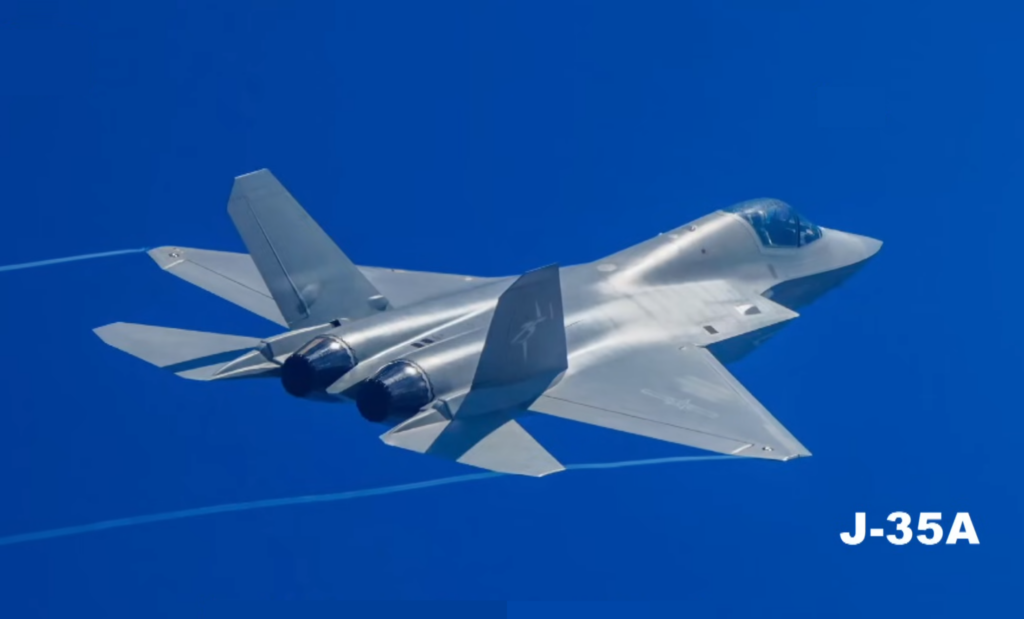
Video: How good is China’s new stealth fighter?
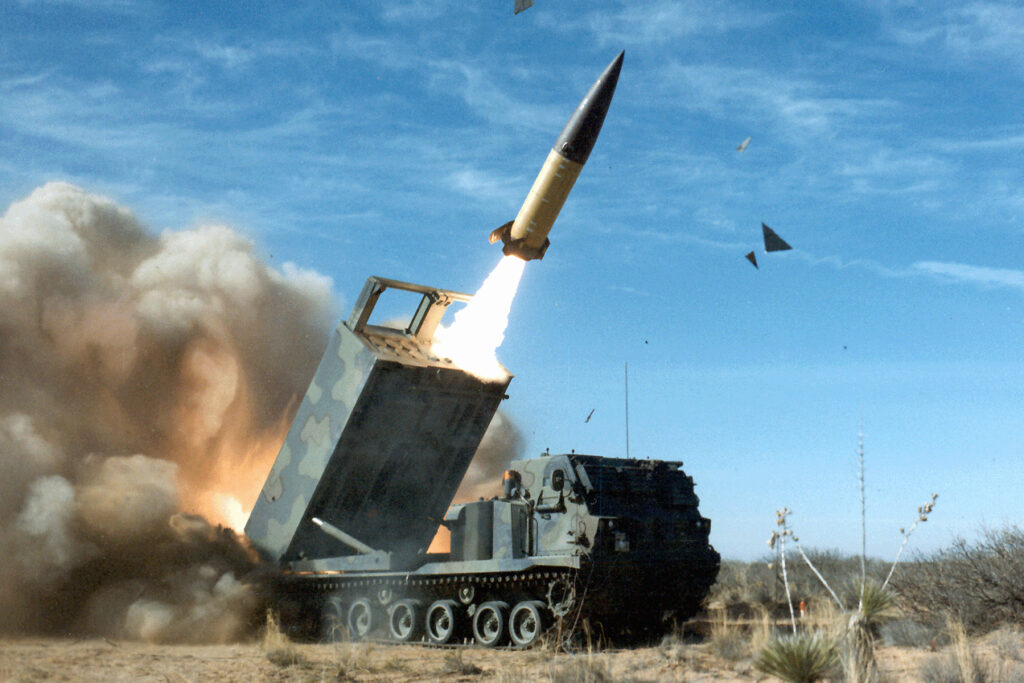
What damage can Ukraine inflict on Russia using its long-range Western weapons?
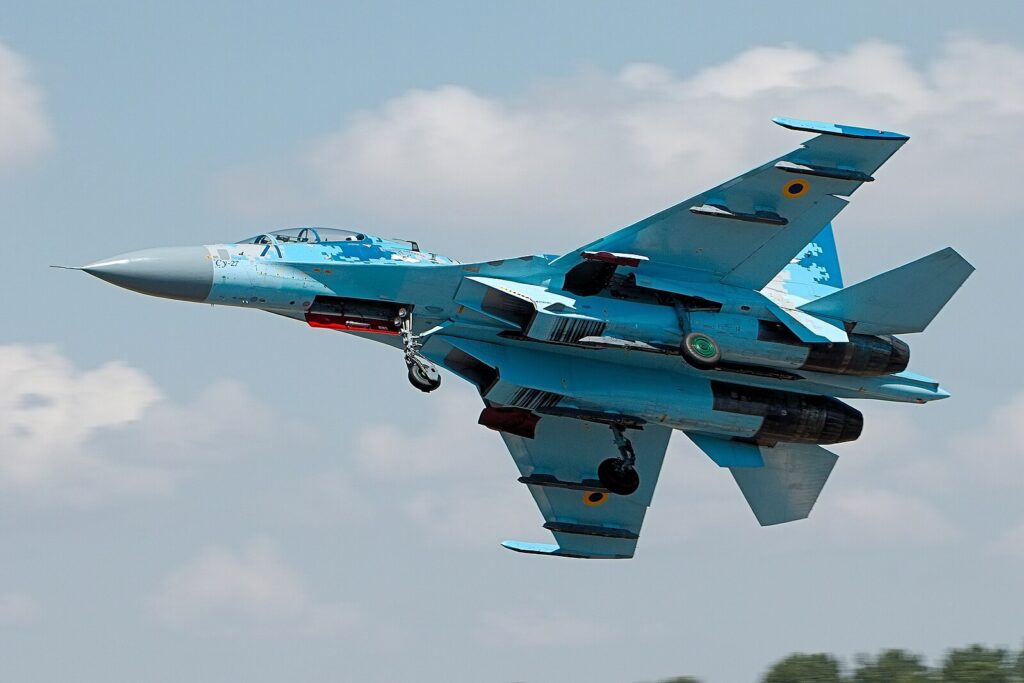
Where do NATO reporting names come from?
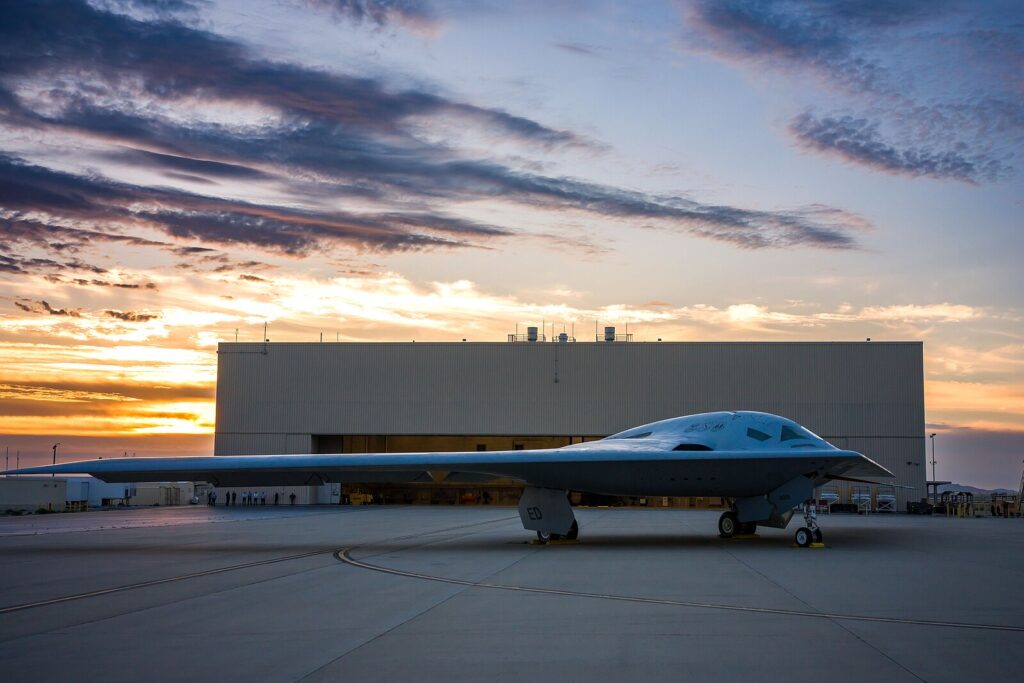
Video: The Air Force is considering the B-21 for air-to-air combat
Sandboxx News
-

‘Sandboxx News’ Trucker Cap
$27.00 Select options This product has multiple variants. The options may be chosen on the product page -

‘AirPower’ Classic Hoodie
$46.00 – $48.00 Select options This product has multiple variants. The options may be chosen on the product page -

‘AirPower’ Golf Rope Hat
$31.00 Select options This product has multiple variants. The options may be chosen on the product page -

‘Sandboxx News’ Dad Hat
$27.00 Select options This product has multiple variants. The options may be chosen on the product page
